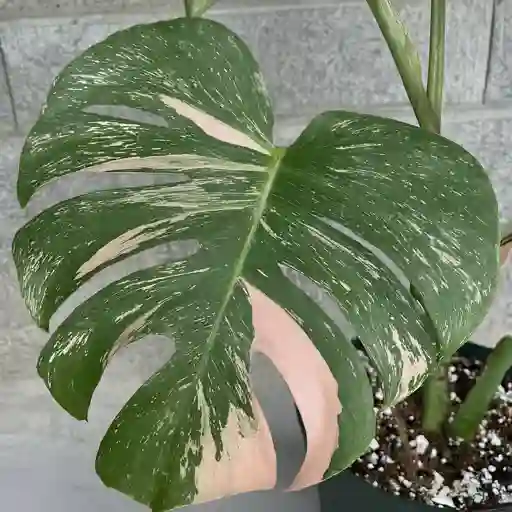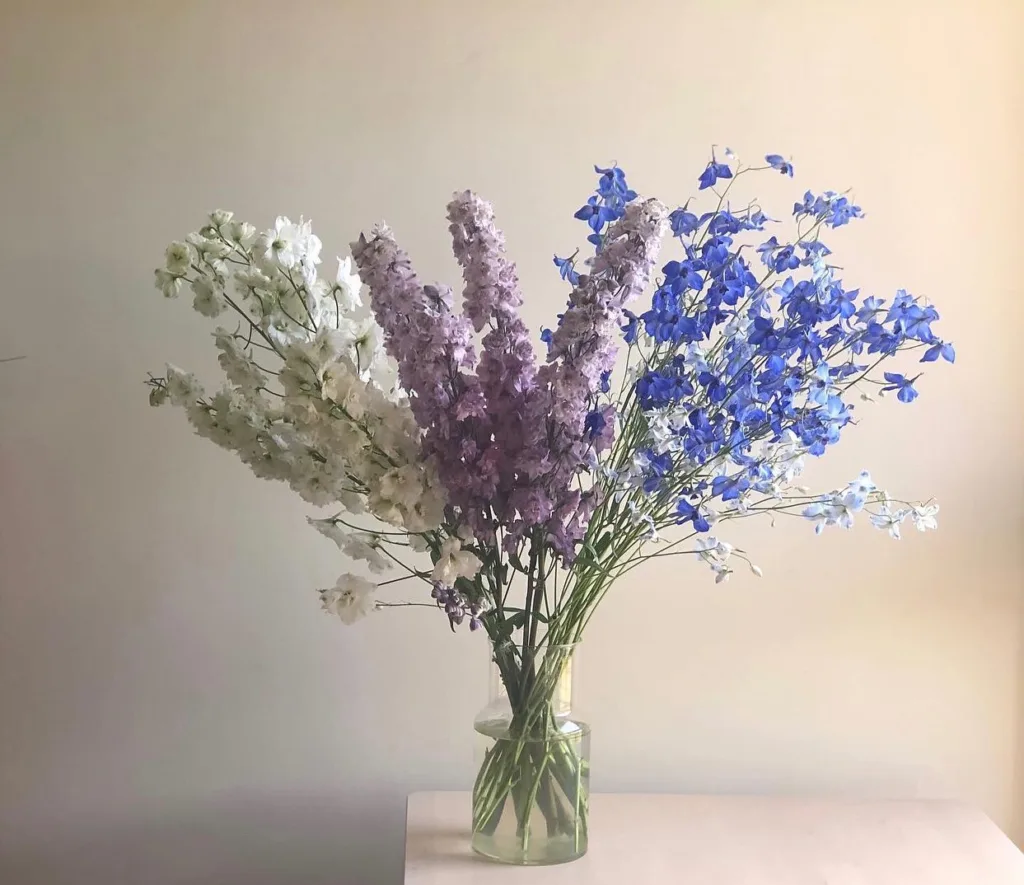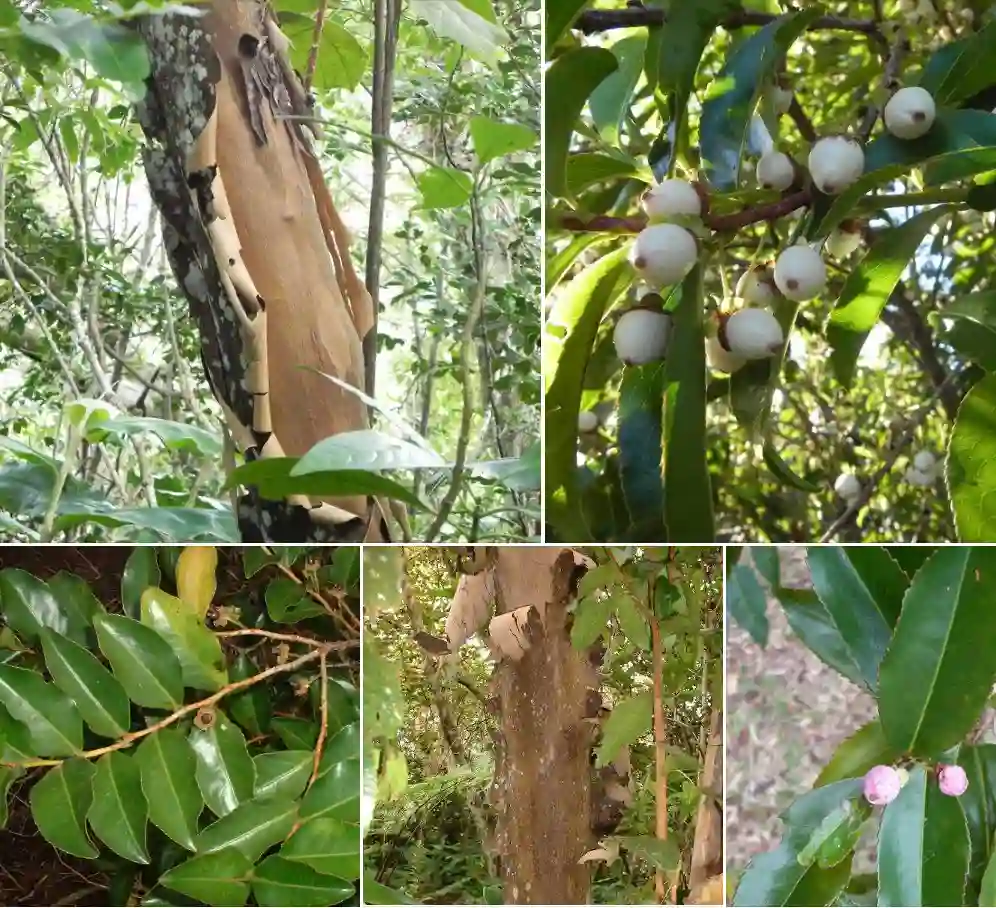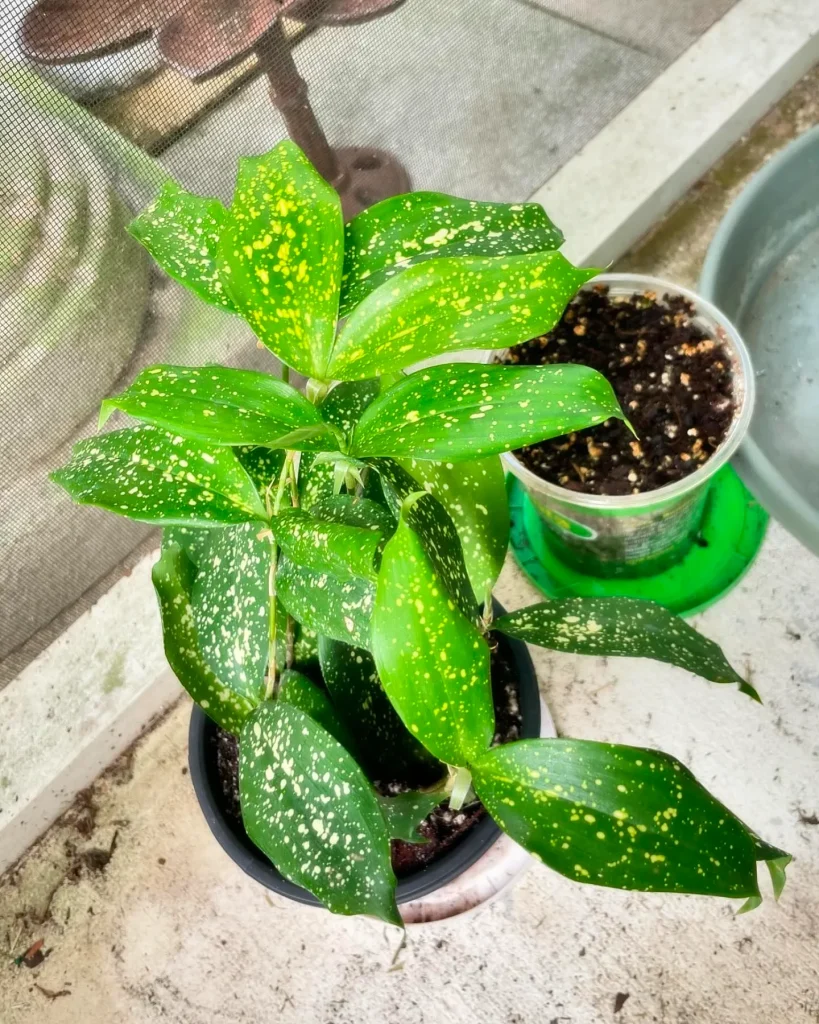Exploring the Limnanthaceae Family: A Personal Journey
As a plant enthusiast, I find joy in discovering unique plant families, and one that has particularly captivated my attention is the Limnanthaceae family. This small family of flowering plants, often known for its two main genera—Floerkea and Limnanthes—is rich in ecological significance and charm. In this article, I’ll share my exploration of these genera, their characteristics, and why they deserve a spot in the hearts of fellow gardeners and nature lovers.
Understanding the Limnanthaceae Family
The Limnanthaceae family is comprised of herbaceous plants, primarily found in North America. This family is interesting not only for its botanical traits but also for its ecological contributions. The plants in this family typically thrive in moist environments, often blooming in meadows and along riverbanks. They are known for their striking flowers and are often a source of food for various pollinators, including bees and butterflies.
The Genus Floerkea
Floerkea is a genus that includes a couple of species, the most notable being Floerkea proserpinacoides, commonly known as false water crowfoot. This plant has a unique growth habit, often spreading out in low mats. What I find particularly fascinating about Floerkea is its habitat preference. It thrives in damp woodlands and areas with rich, moist soils.
I remember encountering Floerkea while hiking in a local woodland. The delicate, white flowers caught my eye, with their intricate structures resembling tiny cups. The blossoms bloom in early spring, a refreshing sight after the long winter months. As I observed, I noted how this plant added an ethereal beauty to the woodland floor. Its flowers attract various pollinators, providing essential nourishment during a critical period of the year.
The leaves of Floerkea are equally noteworthy. They are deeply lobed and add texture to the landscape. In my garden, I’ve incorporated some moisture-loving plants that complement Floerkea’s growth. Together, they create a vibrant ecosystem that supports local wildlife. I appreciate how this genus connects me to nature, offering a glimpse of the delicate balance found in woodland environments.
The Genus Limnanthes
Moving on to the second genus, Limnanthes, I find this group even more intriguing. Commonly known as meadowfoam, the most well-known species, Limnanthes douglasii, has a delightful fragrance reminiscent of marshmallows. The flowers are typically white or yellow, often with a striking yellow center. This combination creates a visual appeal that is hard to resist.
Limnanthes is particularly special to me because of its adaptability. These plants prefer moist, well-drained soils and are often found in meadows and along the edges of wetlands. I’ve had success growing Limnanthes in my garden, where they serve as a beautiful ground cover and attract numerous pollinators.
One memorable experience was when I decided to plant a meadowfoam patch in my garden. The vibrant blooms drew in an array of bees and butterflies, creating a lively atmosphere. I spent countless afternoons watching these creatures flit from flower to flower, and I felt a deep sense of satisfaction knowing I was supporting local wildlife.
Ecological Importance of Limnanthaceae
Both genera in the Limnanthaceae family play vital roles in their ecosystems. They provide food and habitat for various pollinators, which are crucial for maintaining biodiversity. The flowers bloom at strategic times, filling a gap in the availability of nectar during spring, a period when many other plants are still waking from winter dormancy.
As a gardener, I recognize the importance of incorporating native plants like Floerkea and Limnanthes into our landscapes. By doing so, we can support local ecosystems and promote biodiversity in our gardens. I often encourage friends and fellow gardeners to explore these unique plants, as they not only enhance the beauty of our spaces but also contribute to a healthier environment.
Cultivating Limnanthaceae in Your Garden
If you’re considering adding members of the Limnanthaceae family to your garden, there are a few tips I’ve found helpful. First, ensure you choose a location with adequate moisture. Both Floerkea and Limnanthes thrive in wet to moist conditions, so consider planting them near a water source or in areas prone to dampness.
Next, consider their growth habits. Limnanthes can spread, so give them enough room to flourish. On the other hand, Floerkea’s low-growing nature makes it ideal for filling in spaces in shaded areas of the garden. By incorporating these plants, you can create a dynamic and visually appealing landscape that supports local wildlife.
Conclusion
Exploring the Limnanthaceae family has deepened my appreciation for the interconnectedness of plants and their environments. Both Floerkea and Limnanthes offer unique contributions to our gardens and ecosystems, making them worthy of consideration. As I continue my journey as a plant lover, I look forward to discovering more about these charming genera and sharing my experiences with fellow enthusiasts. If you’re seeking plants that are not only beautiful but also ecologically significant, look no further than the Limnanthaceae family.
If i die, water my plants!



